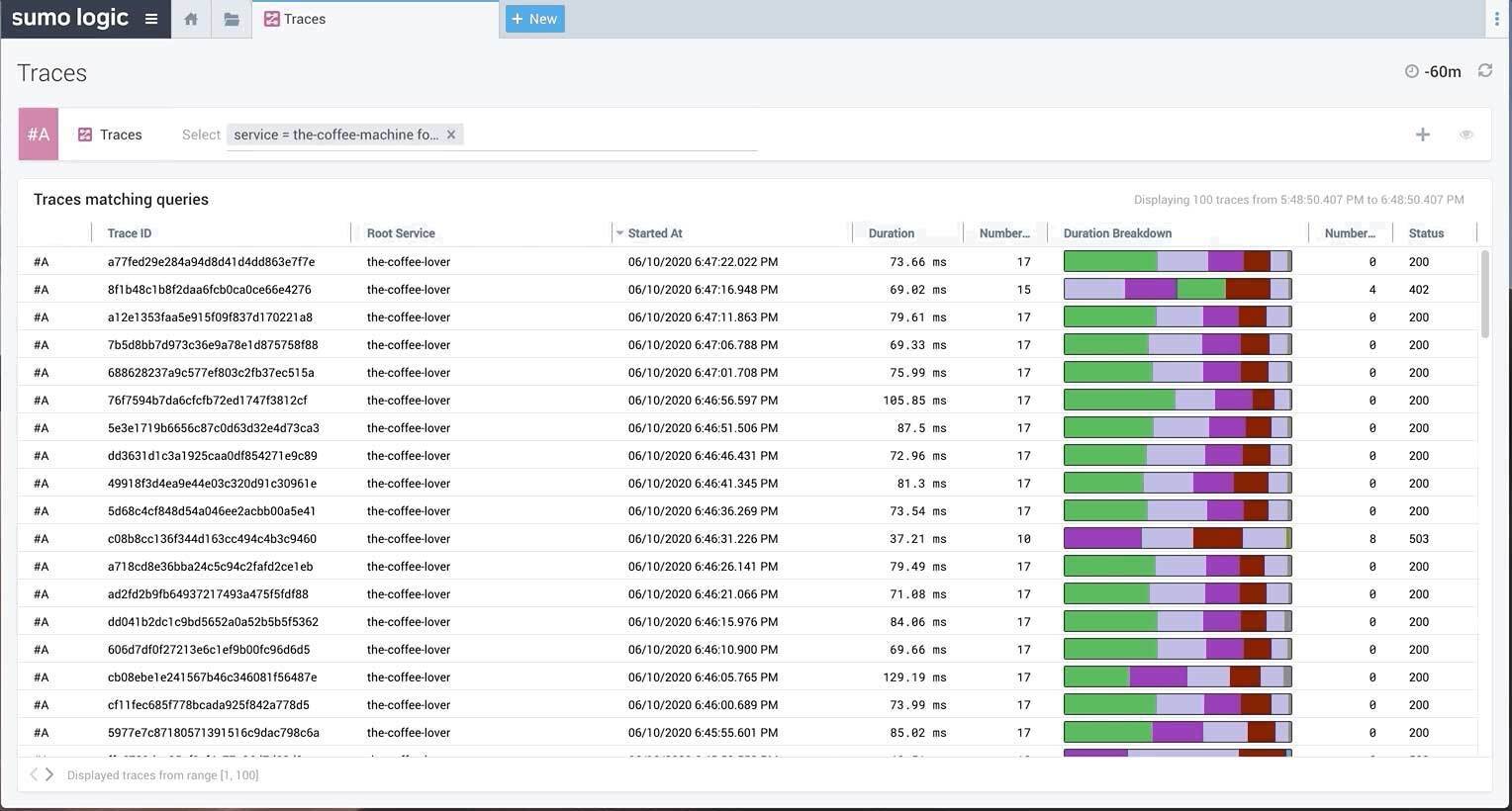
Get the report
MoreDistributed tracing is a way to observe requests as they proliferate in distributed cloud mediums. Distributed tracing marks interactions with identifiers that follow those interactions within networks, microservices, containers, and infrastructures. These markers provide real-time access to user interactions throughout the front end of an application to the infrastructural backend. Distributed tracing enables IT teams to find relationships between events and identify any failures or errors in application performance.
Before the advent of complex service-oriented architecture, it was pretty easy to see what went on within monolithic applications. With today’s cloud-based environments and complex architectures, it is far more difficult to identify transactions through an application's various layers and tiers. Defining the source of latencies, delays, and other application-related issues can be especially tricky.
Companies want and need more visibility into their applications and their environments. Distributed tracing allows businesses to quickly and seamlessly identify problems related to their microservices environments.
Let’s look at some of the benefits and drawbacks of distributed tracing and some relevant alternatives in observation and monitoring.
Benefits of distributed tracing:
Some common issues:
While you can use tracing and logging together, it’s important to know the differences and when it might be time to add distributed tracing to your monitoring process.
Logging is a method for tracking error reports and related data using logs generated by an app. Logging focuses on what happens within the application, and administrators can use logging to ensure that their applications run smoothly. They can do this by collecting and storing data logs, tracking events, and utilizing that data to audit various processes within your network or application.
Distributed tracing practices, on the other hand, follow a single transaction throughout its endpoint journey. Distributed tracing relies on the flow context of data within an application and can reduce the time it takes to detect and resolve any issues. Logging and distributed tracing can work in unison, and distributed tracing is often only integrated when microservices are involved.
Distributed tracing offers real-time insights into your application and system’s health and is a reliable source for tracking a request through the many components throughout separate systems. Distributed tracing will allow your IT, SRE teams, and DevOps teams to:

Sumo logic’s transaction tracing provides cloud-native continuous intelligence for distributed business workflows by enriching and analyzing traces, logs, and metrics in real time. Sumo Logic provides a seamless end-to-end experience managing and responding to production incidents and reducing downtime by streamlining root cause analysis.
Click here to learn more about how Sumo Logic can help you monitor your systems and resolve issues efficiently today.
Reduce downtime and move from reactive to proactive monitoring.